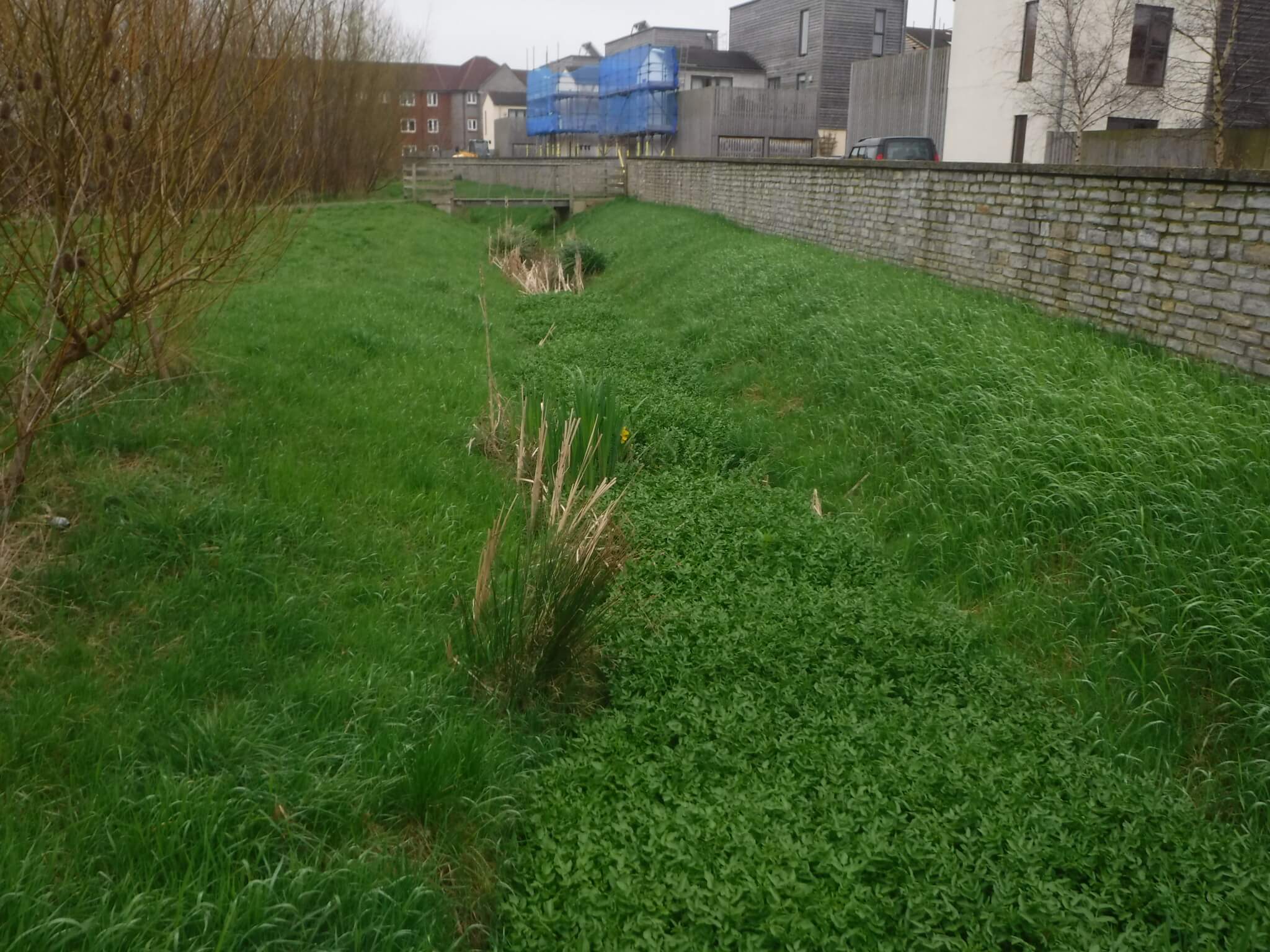“The SuDS approach involves slowing down and reducing the quantity of surface water runoff from a developed area to manage downstream flood risk, and reducing the risk of that runoff causing pollution. This is achieved by capturing, infiltrating, slowing, storing, conveying and treating runoff on site and, where possible, on the surface rather than underground. Water then becomes a much more visible and tangible part of the built environment, which can be enjoyed by everyone.”
The SuDS Manual (CIRIA, 2015)



















